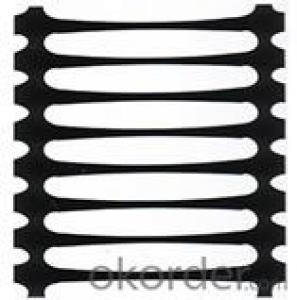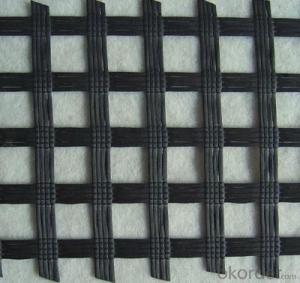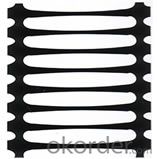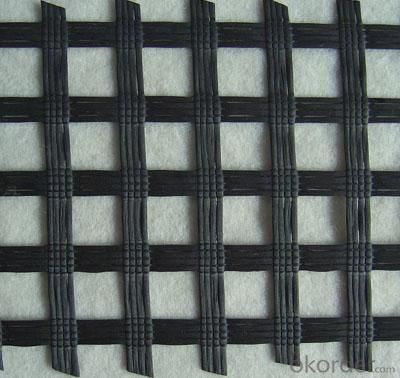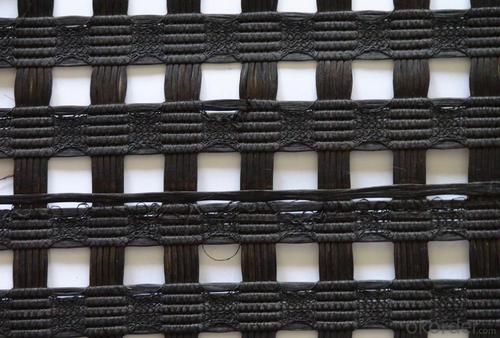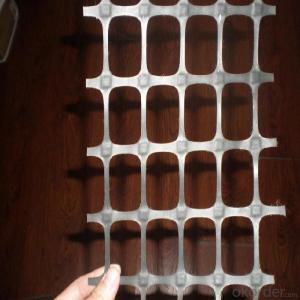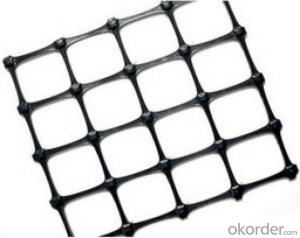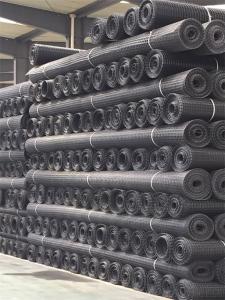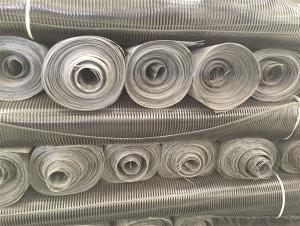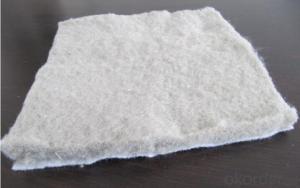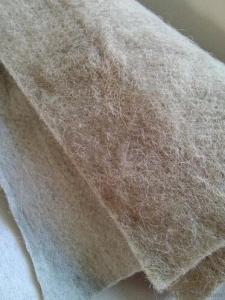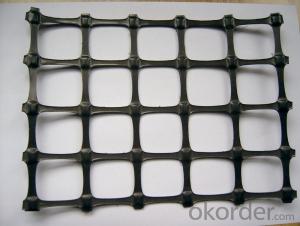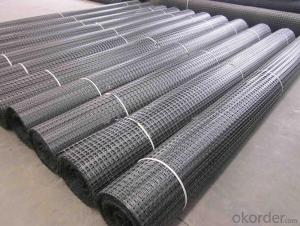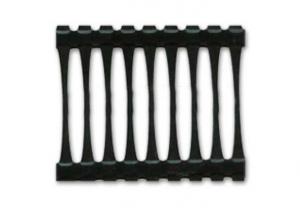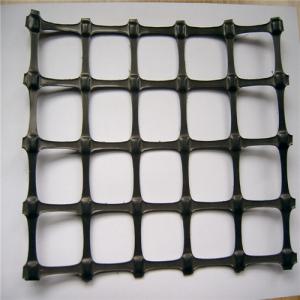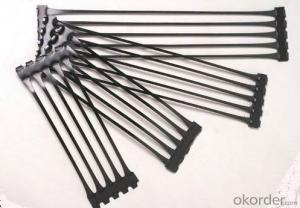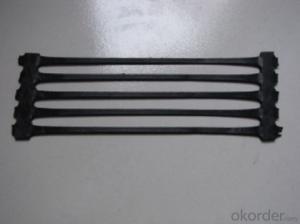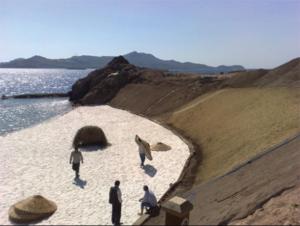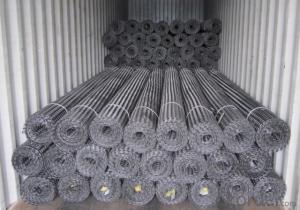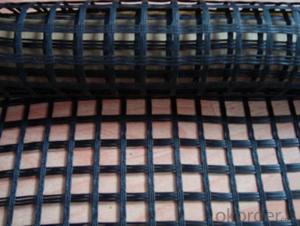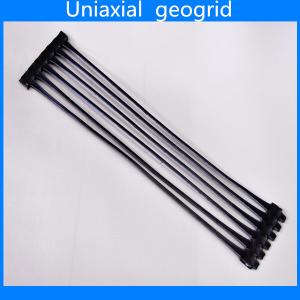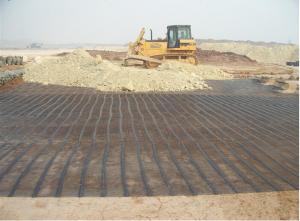Uniaxial Plastics Geo Grid Ppux Retaining Wall Enhancement
- Loading Port:
- Shanghai
- Payment Terms:
- TT OR LC
- Min Order Qty:
- 1000 m
- Supply Capability:
- 150000 m/month
OKorder Service Pledge
OKorder Financial Service
You Might Also Like
Product Introduction
Unixial geogrid is a high-strength geomaterial that uses a polymer as the main raw materials,adds a certain degree of anti-UV,anti-aging agent after stretched in one direction so as to enable the scattered
distribution of chain-shaped molecules re-oriented to lines state.Much better than the traditional or existing reinforced materials,it is a very good reinforced composite materials.
Product Features
1. Unidirectionally high tensile strength, good creep resistance, chemical nature is stable;
2. The friction coefficient with gravel is large.
Product Function
1. Uniaxial geogrid is a king of high-strength structural materials for highways, municipal roads, runways and other subgrade enhancement;
2. It is applied in the enhancement of dam rivers and sea dike;
3. It is applied in the fence of orchards, vegetable, livestock, land, etc. The use is safe and convenient, and conducive to disassembly, elegant appearance;
4. It is applied in the earth retaining and wall reinforcement works and so on;
5. It is mainly used for retaining walls, abutment, slope works an so on;
6. Retaining walls and abutment are force structure which assume all external load: the active earth pressure, the upper part of the structure of the dynamic load, temperature stress and so on, in a larger longterm reinforcement under tension, as well as the effect of repeated dynamic loading, the molecular structure of materials fatigue, occurred in the performance of attention and speed up the aging grid. In order to avoid deformation resulting from reinforcement material creep, it is better to select a high-density polyethylene (HDPE) as raw materials for one-way geogrid.
Product specifications and performance table GB/T17689-1999
Specifications/Item | TGDG25 | TGDG35 | TGDG50 | TGDG80 | TGDG110 | TGDG150 | TGDG170 | TGDG200 | TGDG220 | TGDG240 | TGDG260 | TGDG280 | TGDG300 |
The tensile yield strength of each KN/m≥ | 25 | 35 | 50 | 80 | 110 | 150 | 170 | 200 | 220 | 240 | 260 | 280 | 300 |
Yield elongation %≤ | 10 | ||||||||||||
2% elongation when tensile force KN/M ≥ | 6 | 9 | 10 | 23 | 30 | 39 | 45 | 55 | 59 | 65 | 78 | 84.5 | 90 |
5% elongation when tensile force KN/M≥ | 12 | 18 | 25 | 44 | 60 | 77 | 90 | 110 | 120 | 132 | 157 | 170 | 182 |
Creep limit strength KN/M≥ | 11 | 15 | 21 | 30.2 | 41 | 49 | 57 | 64 | 71.5 | ||||
- Q: Can geogrids be mechanically connected to other geosynthetics?
- Yes, geogrids can be mechanically connected to other geosynthetics.
- Q: Can geogrids be used in subgrade improvement?
- Yes, geogrids can be used in subgrade improvement. Geogrids are commonly used to reinforce weak or unstable soil in subgrade applications. They provide additional strength and stability to the soil, allowing for better load distribution and reducing settlement.
- Q: Are geogrids suitable for use in temporary retaining walls?
- Yes, geogrids are suitable for use in temporary retaining walls. Geogrids are highly versatile and effective in stabilizing soil and preventing erosion. They provide reinforcement to the retaining wall structure, increasing its strength and stability. Additionally, geogrids are easy to install and can be reused in different applications, making them a cost-effective solution for temporary retaining walls.
- Q: Can geogrids be used in erosion control blankets?
- Yes, geogrids can be used in erosion control blankets. Geogrids are often used as reinforcement materials in erosion control blankets to provide stability and prevent soil erosion. They help to distribute load and increase the strength of the blanket, making them an effective solution for erosion control.
- Q: The difference between two way steel plastic grille and one way steel plastic grille
- One way steel plastic geogrid is longitudinal tension requirements, only to detect the longitudinal tension
- Q: Are geogrids resistant to temperature variations?
- Yes, geogrids are generally resistant to temperature variations. They are specifically designed to withstand a wide range of temperatures, from extreme cold to high heat, without losing their structural integrity or performance. This makes geogrids a reliable and durable solution for various engineering applications where temperature fluctuations are expected.
- Q: How do geogrids improve the load-bearing capacity of soils?
- Geogrids improve the load-bearing capacity of soils by distributing and reinforcing the applied loads, effectively increasing the soil's strength and stability. They work by interlocking with the soil particles and creating a stable composite material, preventing soil movement and reducing the risk of soil settlement or failure.
- Q: Can geogrids be used in reinforced slopes?
- Yes, geogrids can be used in reinforced slopes. Geogrids are commonly used in reinforced slopes to enhance the stability and strength of the soil. They are designed to distribute the load and provide additional reinforcement to the slope, improving its resistance against erosion and slope failures.
- Q: Can geogrids be used in landfills?
- Yes, geogrids can be used in landfills. Geogrids are commonly used in landfill engineering as they provide reinforcement and stabilization to the landfill slopes and walls, preventing soil erosion and promoting the overall stability of the landfill structure.
- Q: Are geogrids effective in preventing soil erosion on coastal cliffs?
- Yes, geogrids are effective in preventing soil erosion on coastal cliffs. Geogrids provide structural support to the soil and enhance its stability, reducing the risk of erosion caused by wave action and weathering. They help to distribute the forces exerted on the soil and prevent surface runoff, thereby protecting the cliffs from erosion and maintaining their integrity.
Send your message to us
Uniaxial Plastics Geo Grid Ppux Retaining Wall Enhancement
- Loading Port:
- Shanghai
- Payment Terms:
- TT OR LC
- Min Order Qty:
- 1000 m
- Supply Capability:
- 150000 m/month
OKorder Service Pledge
OKorder Financial Service
Similar products
Hot products
Hot Searches
Related keywords
